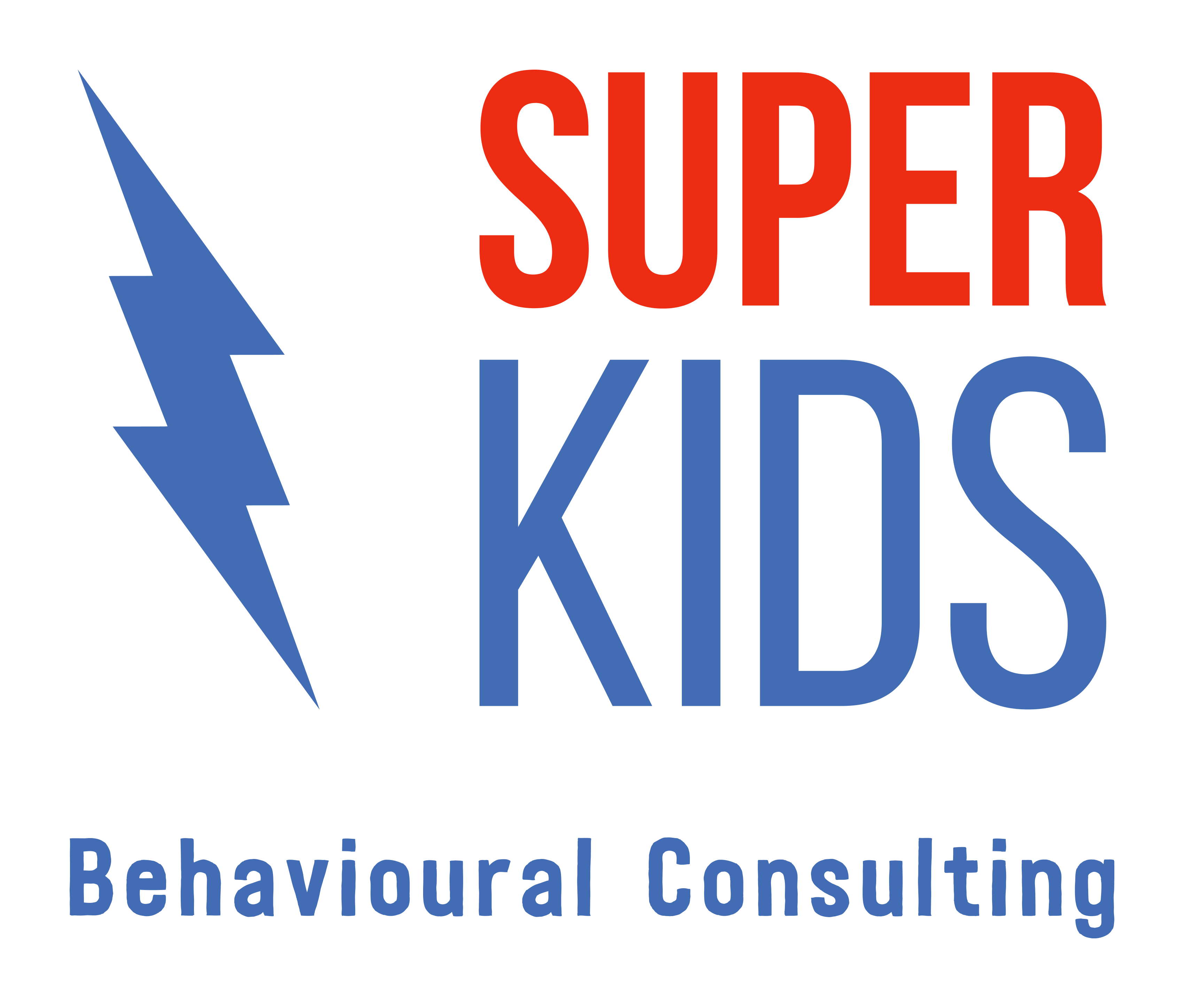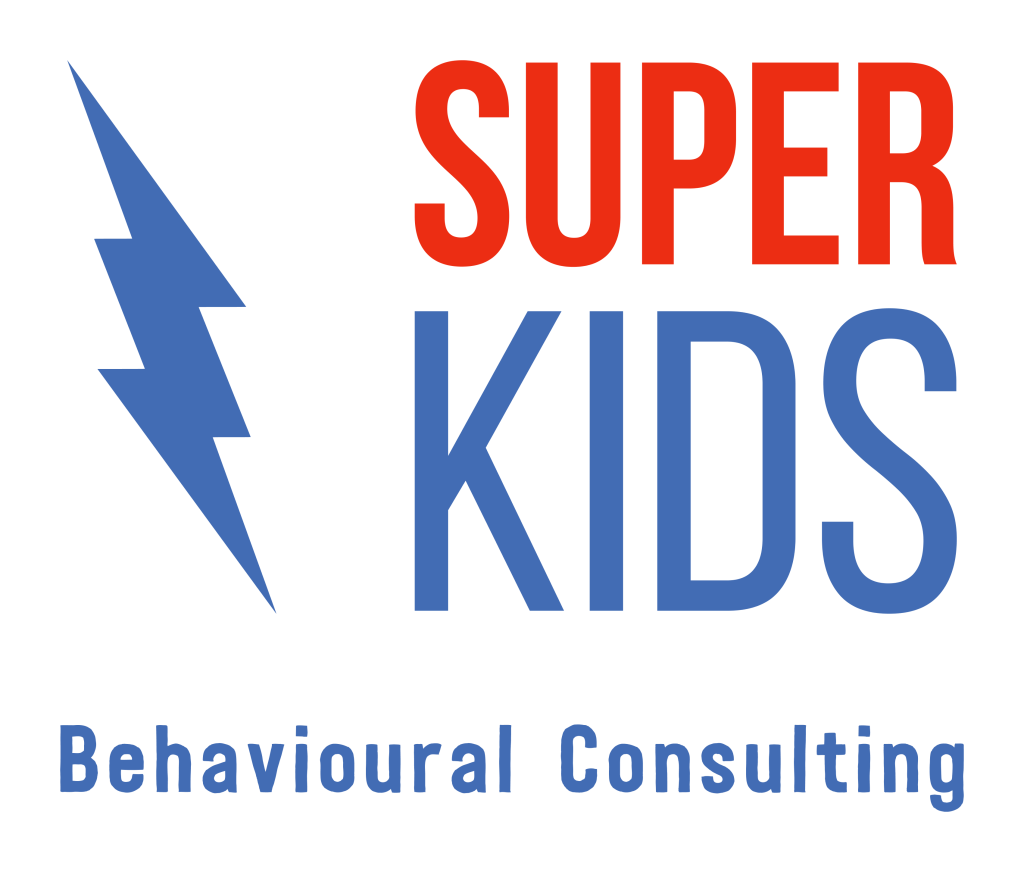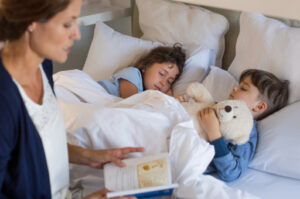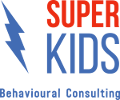How to make achievable sleep goals for your child

Anita Bennett-Stewart
Behavioural Sleep Specialist & Behaviour Consultant

Designing sleep goals can feel impossible! There are lots of competing factors which can get in the way of achieving our sleep goals, including time changes, holidays, accidental daytime naps and amount of exercise each day.
However, there is no such thing as a perfect sleeper. At Super Kids, our aim is to help you identify goals for your child’s sleep and provide you with the tools to achieve this, and to get back on track when you need to.
Creating sleep goals is the first, and most important, step. Having a goal acts as a compass, guiding you as you provide sleep support for your child. Below, we have listed our 7 steps for designing an achievable sleep goal.
1. Identify what is appropriate sleep for your child’s age
Sleep changes across the age span. How large this change is and how quickly it occurs is individual to each person.1 To make appropriate, individualised sleep goals for your child’s sleep, it is important to understand what is typical for their age.
The Sleep Health Foundation has a variety of resources regarding appropriate sleep across the ages – check out some helpful guidance on this here!
2. What are your child’s sleep goals?
Every person’s sleep is different and therefore their goals are different. The next step is to ask your child about their sleep goals for themselves, if they are able to communicate this. Here are some helpful questions you could ask your child so you can design these sleep goals together:
- Are you happy with your sleep each night?
- What would you like to change?
- Consider what they would like to increase, for example to sleep for longer each night
- Consider what they would like to decrease, for example to sleep without their sibling in the same room
Using your child’s sleep goals as the foundation for their future sleep intervention is important for making the design of sleep goals a fun and collaborative process for your child and family!
3. What are your family’s sleep goals?
Your family may also have sleep goals for your child’s sleep, such as for your child to sleep without room-sharing with a sibling as the sibling transitions to their own room. If these preferences are not taken into account when goal-setting, the goals may not work for your family in practice. Take some time to discuss with your child’s other caregivers and siblings their own sleep goals for themselves and their preferences around the family bedtime routines. Next, consider whether any of these may complement or contradict your child’s own sleep goals.
Then, design some SMART goals! SMART goals are Specific, Measurable, Achievable, Relevant and Time-based. By designing your goals as SMART goals, it is easier to identify how to achieve them, how long it is likely to take to achieve them and when they have been achieved. Let’s review the steps of writing a SMART goal.
4. What is your child’s specific sleep aim?
It can be easy to write non-specific goals. Examples of a non-specific goal may include:
“For my child to sleep better tonight”
In this example, it is hard to define what ‘sleep better’ may mean. It can therefore be hard to identify how you will help your child achieve this goal. Instead, break this down into a more specific behaviour for your child at bedtime. For example:
“For my child to go to sleep after being bid goodnight”
This goal allows you to specifically identify what your child should do to achieve their sleep goal.
5. How will you measure your child’s sleep goal?
Without a measurable mastery criteria, it can be difficult to know when a goal is met. An example of a non-measurable mastery criteria would be:
“For my child to sleep consistently”
Consistency in sleep is an important aim, however it is not measurable so it would not be possible to know when this goal has been reached. Instead, let’s make this goal something we can count, such as:
“For my child to go to sleep within 30 minutes of being bid goodnight”
6. Is this goal attainable for your child?
Goals should be realistic and age-appropriate. By setting aims we cannot reach, we would be setting ourselves up for failure. Instead, when designing goals for your child’s sleep, consider:
- Is this goal reasonable for my child, given their age and needs?
- Is this goal possible for my child to achieve in the time frame I have set?
- Is this goal possible for my child to achieve with the measurement criteria I have set?
- If this goal were to be achieved, can my child and family maintain this long term?
If the answer to any of these questions is ‘no’, it is important to review the goal. This could mean breaking this goal down into smaller sub-goals to achieve first, or writing an entirely new goal. The important part is that the sleep goal is achievable for your child.
7. Is this goal relevant to your child’s sleep needs?
We have reviewed together a lot of the ‘what’ and ‘how’ around setting sleep goals. Now, consider the ‘why’ – why is this goal important for your child’s sleep? For example, if your child takes several hours to fall asleep it may be a relevant goal for them to sleep faster. However, if your child sleeps within 35 minutes every night and it is not a concern for them or your family, then a goal for them to fall asleep within 30 minutes may not be relevant to them. Be sure that any sleep goal you set would reflect an improvement to your child’s quality of life.
8. What time frame is needed to achieve this goal?
There are several factors to consider around the time frame for sleep goals. This could include:
- How long your child should continue with the sleep behaviour to meet the goal
- How long it may take for your child to achieve this goal
- How much time your child has before they need to achieve the goal
An example of a non-time-bound goal is:
“For my child to go to sleep within 30 minutes of being bid goodnight, most nights”
It will be difficult to identify when this goal has been met. Instead, be specific about the time frame expected for the goal, such as:
“For my child to go to sleep within 30 minutes of being bid goodnight, every night for 2 consecutive weeks”
By creating individualised, measurable aims in line with your child and family’s values, you can make achievable goals for your child’s sleep!
Resources:
www.sleephealthfoundation.org.au/files/pdfs/Sleep-Needs-Across-Lifespan.pdf
Disclaimer: The advice in this article is general in nature. If your child experiences sleep difficulties, reach out to a trusted professional for further individualised advice and support.
Super Kids acknowledges each individual’s personal preference to use identity-first or person-first language to describe themselves or their loved one. We interchangeably use both language conventions and therefore refer to both Autistic children and children with Autism.





